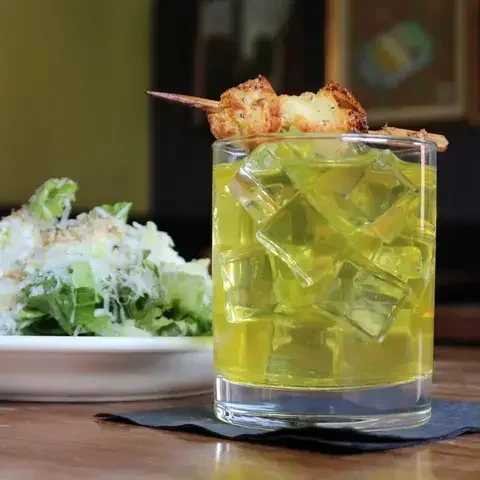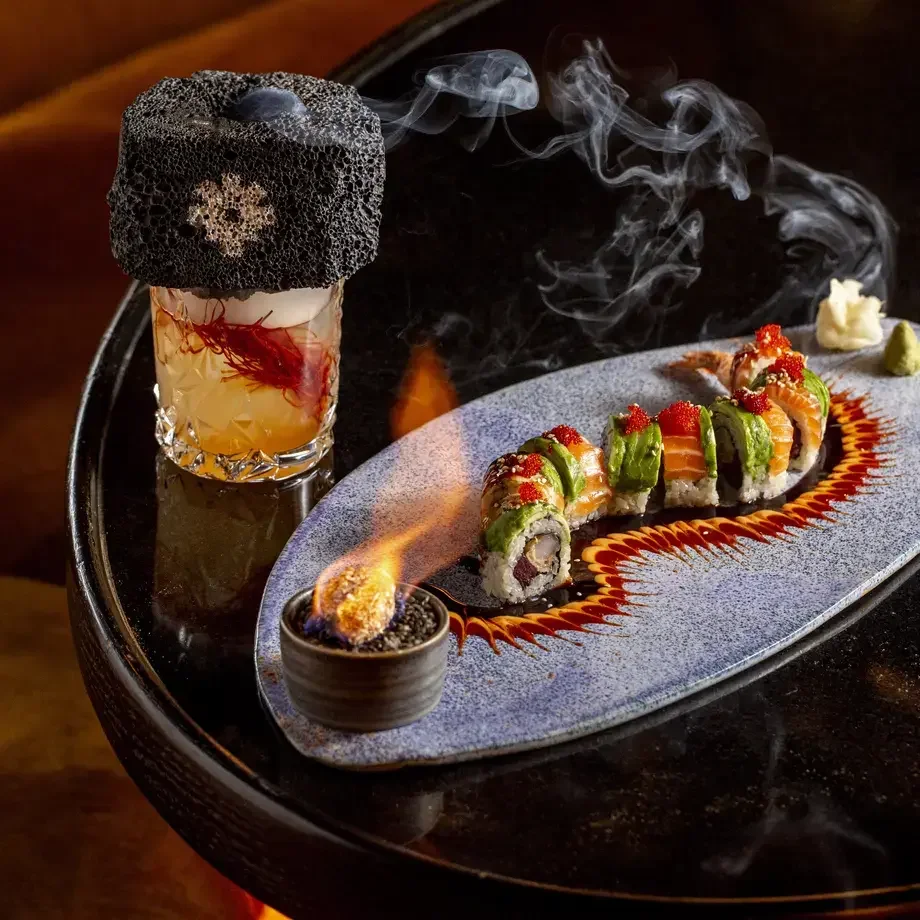Recently, Eleven Madison Park instituted a new gratuity policy – or rather reverted to its old one of not including gratuities on customer checks – but did not change the pricing of its $335 tasting menu. This move made headlines and spawned a host of articles analyzing the move in both food and general news publications. Clearly, it is continuing to make headlines as this decision is also the premise of this article.
The pandemic exacerbated the problems that had long lay dormant but simmered beneath the surface in the American restaurant industry. These range from issues regarding workplace culture, to historically low wages. The pandemic also added new, unprecedented problems including rapid inflation and broken or tangled supply chains. This symphony of disasters has been reflected in price increases to consumers that, for the most part, are understandable, however difficult they may be to stomach. While EMP’s ending of its gratuity-included policy reads as such, it can also be seen as simply another price hike. In this climate, price hikes are understandable. And yet EMP’s move is billed as the ending of a policy, so let’s examine how this factors into American tipping culture.
There is a great chasm between the tipping cultures of America and Europe, and nuanced customs that vary from state to state, and European nation to nation, governed by local laws and other factors. In the US, where we don’t have widespread government-sponsored healthcare or heavily subsidized education, the implications of low-wage restaurant jobs are significantly different than those in Europe. Comparing tipping cultures on opposite sides of the pond is beyond the scope of this article. American restaurants that include gratuities or service charges are swimming against the tide. And to attempt to change this tide is something that restaurants like EMP has tried with varying degrees of success. It may be easy to call the failure of this policy a victim of pandemic circumstances, but there are some restaurants seeing success in it.
But first, let’s take John Winterman’s new and wildly successful restaurant Francie as an example of the traditional American tipping model. Before guests emerge from graceful velvet-lined banquettes at the freshly Michelin-starred Brooklyn brasserie, they’re presented with a check and expected to leave a 20% gratuity – more if they enjoy their experience immensely and are attuned to the current plight of the restaurant industry.
I asked Winterman if he ever considered rolling gratuities or service into restaurant checks. “No, in New York state, there are laws that differentiate how the business handles service charges versus gratuities, and it can become quite complicated. We do add a service charge to large parties in our private room and a percentage of that goes to our kitchen staff in the form of ‘Event Pay.’”
And what if the service charges were factored into the prices of Francie’s chef Christopher Cipollone’s magnificent caviar-dotted soufflé cakes, or his hauntingly lovely saffron and lobster ravioli?
Winterman elaborates: “In a given week, tips represent about 35-38% of our total payroll. We would need to figure out how to replace that amount through revenue – which means (given our check average) we would need to increase our prices by almost 30%, which is a huge increase. If we went that direction, we would need to a switch to a European style of restaurant accounting and adjust our expectations and formulas for pricing, etc. The traditional breakdown of COGs (cost of goods), payroll, fixed costs, etc. would need to be managed in a different way. For a restaurant to just up all the prices by 20% is just flat out wrong.”
EMP’s announcement of reinstating tipping was reported by Eater, which stated that when the previous policy was instituted, there was a price increase identical to the hypothetical one Winterman describes: “Eleven Madison Park eliminated tipping in its dining room in 2016, following in the footsteps of Danny Meyer’s Union Square Hospitality Group and raising its prices by roughly 30 percent, from $225 to $295 for its 12-15-course menu at the time.”
Eater also reported: “As the pandemic wears on, however, Meyer and others have walked back those policies, claiming that their employees would be better off in the short-term receiving tips.”
What about the restaurants that, through more creative accounting, do decide to jump into the fray of taking on New York City’s restrictions against handling service fees? Are they able to uphold their gratuity-included policies?
Amanda Cohen’s Dirt Candy is one of the original proponents of a no-tipping model. Cohen tells me: “Dirt Candy has had a no-tipping policy for seven years. Over time, customers have become more knowledgeable and accepting of our policy.”
Seven years is a long run and Cohen hasn’t seen any disadvantages to the policy. “We provide a stable income and safe place for our employees to work. We have not outsourced our HR department to our customers and instead pay all our employees a guaranteed living wage. We are able to provide health insurance, PTO, extra sick days and many more benefits.” Cohen also thinks more restaurants should consider such a policy and even in the face of increases to New York’s minimum wage. “It hasn’t affected us at all since we have always paid well above it.”
James Mallios, the managing partner of Civetta Hospitality (Manhattan’s Amali, and Bar Marseille, Calissa and Juniper outside of the city), echoes Cohen’s sentiments on customers learning about its tipping policies. Mallios implemented an 18% administration surcharge during the pandemic, in June 2020 and emphasizes: “You have to explain it [constantly], especially on social media.”
There was pushback, though his customers at Calissa in the Hamptons reacted with the greatest ease. His customers aren’t necessarily attuned to the plight of restaurants: “I don’t think many of our customers are reading San Pellegrino’s Fine Dining Lovers.”
Mallios admits that it isn’t easy and says: “I think it requires white knuckles. You have to be prepared mentally that even in the best of Januaries, your labor cost is going to be out of whack.”
Civetta Hospitality went with 18% - lower than the traditional 20% standard tip - because with New York City sales tax, the amount ends up being 20% for the customer, though the average additional tips per day adds another 2.5-3% to that number. “It just felt right, we’re not taking the high end in tipping culture,” adds Mallios, who is committed to implementing this policy and not backing down from it. “The price is right there on the receipt and on the website and if you don’t want to do it, then don’t come. I tell people, think like you’re in Europe. If you want to leave a little extra, that’s nice, but you don’t have to. I’m Greek and when I go to Greece, I know the staff is getting a decent wage.” He compares the addition of Civetta Hospitality’s fee from the customer’s standpoint to be “like an airline flight – you don’t look at the breakdown of fees.”
“Dining costs 20% more than you think it does,” he states. Like Cohen, he is unwilling to continue to outsource his HR department to his customers.
This ‘technically illegal in NYC’ policy came about because Mallios “thought it was ridiculous that there was a horrific disparity between front and back of house pay.” When, due to minimum wage increases, the front of house wage increased, the disparity only became worse. His solution distributes the 18% administration fee across all hourly employees.
“What industry are you not allowed to compensate according to merit or seniority? We came up with rates of pay [commensurate] with what people made in the past [prior to the administration fee policy]. And then we increase them on seniority or merit. We assign the wage and right now, we’re checking on 2021 to make sure we’re on par with what we took in on the 18%. There’s a lot of math.”
There are drawbacks. “Income tax is worse on our end, but we do attract a better class of colleague when tips aren’t chased. And if our employees are in the stage of life where they have kids, well, you want a stable job. I’m doing this for the longevity of our colleagues.”
When it comes to pandemic-related inflation, this seemed to be the only reasonable route. “With inflation, what, are servers going to be making $75 per hour? It doesn’t work. You’re going to get to a point where your servers are making a lot more than your managers. At some point, that’s going to break.”
So how does a restaurateur implement a no-tipping or an administration-fee policy? The James Beard Foundation supports restaurants in a host of issues and has continually published resources during the pandemic. At the end of February, they’re releasing different models of compensation for workers (including tipping) under the title Open for Good, based on those offered by chefs around the country for their staffs.
Mallios has the final word with his policy. “This allows us to operate like any other business. You can’t do that with tipping. To compensate people according to merit, seniority, experience so that they’re not subject to the whims of the customers who tipped them, what section they had, whether they’re opening or closing – these are random, arbitrary factors that can swing compensation. No business should have to operate like this, especially one that is arguably the largest industry in this country.”
We can only take EMP’s word that their employees will fare better with the re-institution of tipping and speculate that there isn’t a significant disparity between their front and back of house staff. Without an in-depth look into EMP’s accounting, it’s impossible to really determine how the policy changes are truly playing out for anyone other than their customers.














